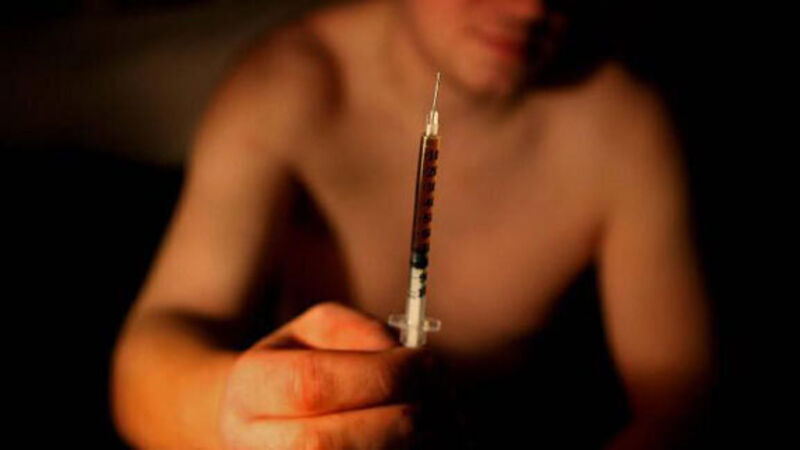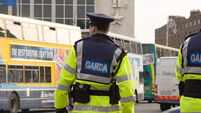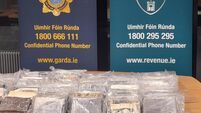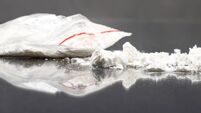Status and money pull youth into drugs trade

There are more children dealing drugs and selling in secondary schools, according to research in a large Dublin suburb.
Children as young as ten, predominantly boys, are working as drug “runners” and dealers, but girls as young as 12 are also been roped into the trade, the report said.













